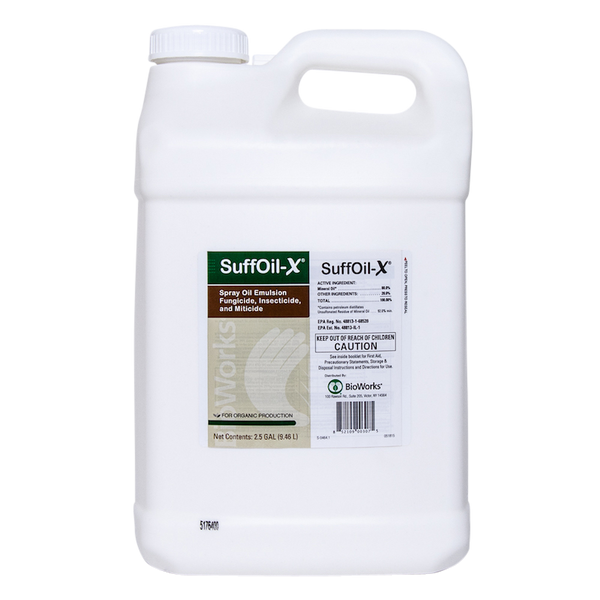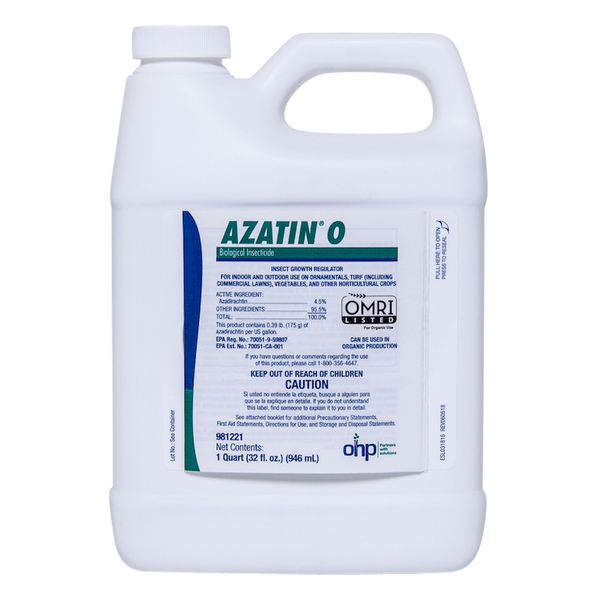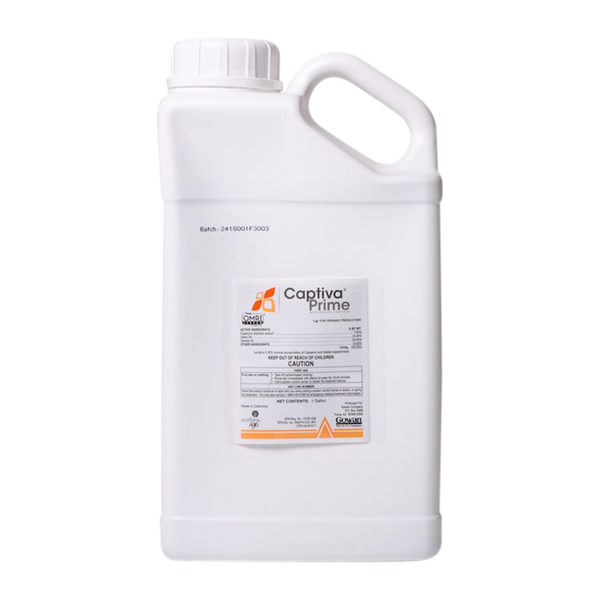Western Flower Thrips Control
Organic and natural pest control. Thrips are small elongated insects that hide in crevices of flowers and foliage, leaving a silvery appearance to leaves and petals as they feed. Read more on our Western Flower Thrips Tech Sheet.
Shop Now for Western Flower Thrips Control
Availability (1)
Price
- 1
- 2

































